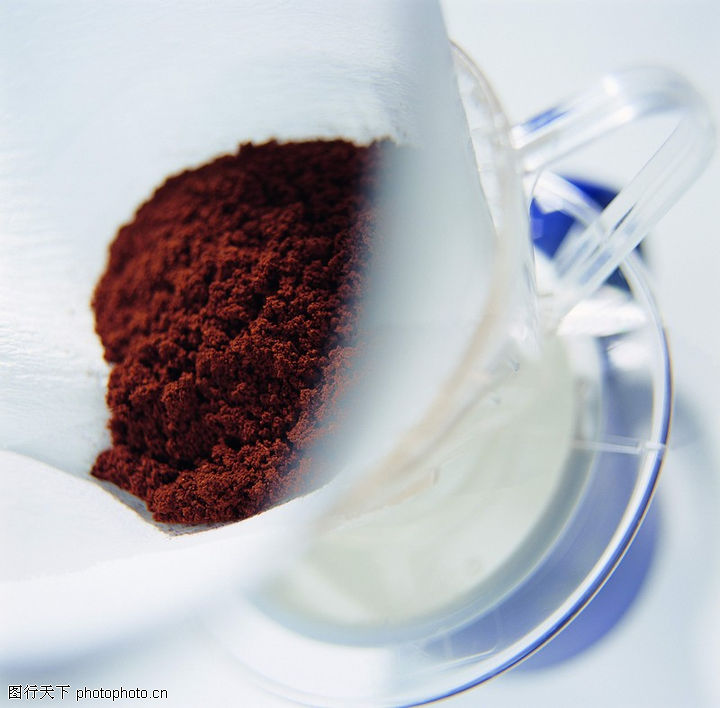Burundian Coffee with strong aromatic Flavor and Taste introduction to Fine Coffee in Manor production area
On November 1, 2001, the transitional government was established, Buyoya became president for the first 18 months of the transition period, and Ndayizeye, former general secretary of PFDJ and Hutu, served as vice president. On April 30th, according to the Arusha agreement, the transfer of power was carried out smoothly, Ndayizeye took over as president, and Kadege, a Tutsi, became vice president, and the transition period entered the second stage smoothly. In November, the Brazilian government and the largest rebel Forces for the Defence of Democracy (FDD) signed a package of peace agreements, and FDD joined the transitional government, making significant progress in the peace process. From June to August 2005, local, legislative and presidential elections were successfully held. FDD won 63%, 55% and 88% of the seats in the local, national assembly and Senate elections respectively, becoming the ruling party. Its leader Nkurunziza was elected president, took office on August 26th, and then formed a new government. On September 7, 2006, the Brazilian government signed a comprehensive ceasefire agreement with the last rebel National Liberation Front (FNL). However, negotiations on the implementation of the agreement have repeatedly reached an impasse. In April 2008, a large-scale exchange of fire broke out between the two sides. In May, under the active mediation of the international community, the two sides signed a ceasefire agreement again. In December, the regional summit to promote the peace process was held in Boutros, and the Brazilian government and FNL reached agreement on such issues as the transformation of FNL into a legitimate political party and the distribution of posts within the Boutros regime, and signed a new peace agreement. In April 2009, the National Liberation Front officially renounced the military struggle and 3500 soldiers were integrated into the army and police system. On June 28, 2010, Bush held a presidential election and refused to run because the opposition accused the government and the ruling party of fraud in previous local elections. Nkurunziza was re-elected as the only candidate with 91.62% of the vote. Since 2011, the political situation in the country has been generally stable, but the public security situation is not good. In September, unidentified armed men attacked a bar, killing 41 people and injuring many others.
Burundi's fragrant, soft-tasting coffee from war-torn areas Burundi (Burundian) has the most diverse and successful coffee industry in the world, and has its own characteristics. Coffee in this country was introduced by Belgian colonists in 1930 and is now grown only on small farms. Unfortunately, many of these farms are on the border with war-torn Rwanda, putting pressure on coffee production. Almost all coffee produced in Burundi is Arabian coffee beans, while coffee trees in Ngozi are planted at an altitude of more than 1200 meters. Burundian coffee has a rich aroma and excellent acidity, and most of its products are exported to the United States, Germany, Finland and Japan (Burundi). It has the most varied and successful coffee industry in the world, and has its own characteristics. Coffee in this country was introduced by Belgian colonists in 1930 and is now grown only on small farms. Unfortunately, many of these farms are on the border with war-torn Rwanda, putting pressure on coffee production. Almost all coffee produced in Burundi is Arabian coffee beans, while coffee trees in Ngozi are planted at an altitude of more than 1200 meters. Burundian coffee has a rich aroma and excellent acidity, and most of its products are exported to the United States, Germany, Finland and Japan. Burundi is a very interesting country for us. Little is known about coffee, and coffee producers and processors cannot price their coffee, just as people cannot identify uncarved jade, so people here do not have the income to do the same planting and processing methods that are being used in other countries. Like Panama. " So says Tim Maestas (USA) of Augies Coffee.
Burundian coffee was first brought in by the Germans in the 1900s; they found that bourbon was the most suitable for growing in the local climate, which is usually a "tropical" plateau climate with a very large temperature difference between day and night. However, due to the suspension of investment in coffee research, bourbon has become the only coffee variety left in the country and has been treated with "full washing".
The development of boutique coffee needs continuous breakthrough and innovation. In 2014, Long Miles Coffee Project (LMCP) began to use sun treatment and honey treatment for their coffee, which made professional coffee cup testers overjoyed at the taste of the coffee. According to Miss Gu Qinru, head of Latorre & Dutch Coffee Asia, "usually we can drink citrus and plum flavors in washed Burundian coffee. And this is our first cup of Burundian coffee treated with sun and honey. Its flavor turns into more complex strawberries, grapes and tropical fruits. It seems that the way it is handled is crucial to the taste of coffee.

Important Notice :
前街咖啡 FrontStreet Coffee has moved to new addredd:
FrontStreet Coffee Address: 315,Donghua East Road,GuangZhou
Tel:020 38364473
- Prev

Mild sour, bitter and sweet Salvadoran coffee varieties taste characteristics manor boutique coffee bean flavor
Salvadoran coffee refers to the coffee produced in the small South American country of El Salvador, where the coffee body is light, aromatic, pure, slightly sour, the flavor is extremely balanced, is a specialty of Central America. With sour, bitter, sweet and other taste characteristics, the best baking degree is moderate, deep. The characteristics of Salvadoran coffee are sour, bitter, sweet, mild, moderate and well-balanced.
- Next

Characteristics of moderate fragrant and delicious Nicaraguan coffee varieties introduction to the flavor of boutique coffee beans in manor
Nicaragua: Nicaraguan coffee flavor characteristics: moderate acidity, fragrant and delicious. Nicaraguan coffee of high quality is in the forefront of coffee beans in the world and enjoys a good reputation. Its particles are moderate in size, mild in taste and very aromatic and mellow. Nicaragua is located in central Central America, bordered by the Pacific Ocean to the west and the Caribbean Sea to the east. The highland in the north and the coastal plain in the east, belonging to Central America.
Related
- Detailed explanation of Jadeite planting Land in Panamanian Jadeite Manor introduction to the grading system of Jadeite competitive bidding, Red bid, Green bid and Rose Summer
- Story of Coffee planting in Brenka region of Costa Rica Stonehenge Manor anaerobic heavy honey treatment of flavor mouth
- What's on the barrel of Blue Mountain Coffee beans?
- Can American coffee also pull flowers? How to use hot American style to pull out a good-looking pattern?
- Can you make a cold extract with coffee beans? What is the right proportion for cold-extracted coffee formula?
- Indonesian PWN Gold Mandrine Coffee Origin Features Flavor How to Chong? Mandolin coffee is American.
- A brief introduction to the flavor characteristics of Brazilian yellow bourbon coffee beans
- What is the effect of different water quality on the flavor of cold-extracted coffee? What kind of water is best for brewing coffee?
- Why do you think of Rose Summer whenever you mention Panamanian coffee?
- Introduction to the characteristics of authentic blue mountain coffee bean producing areas? What is the CIB Coffee Authority in Jamaica?

